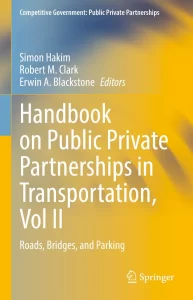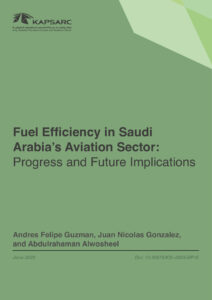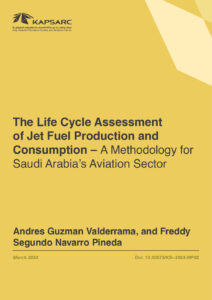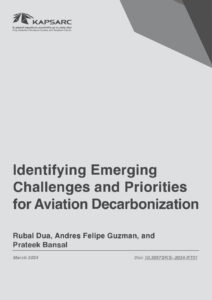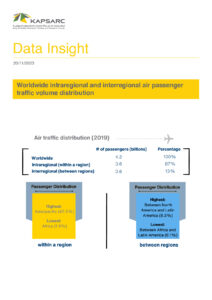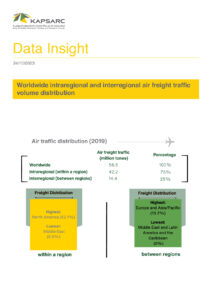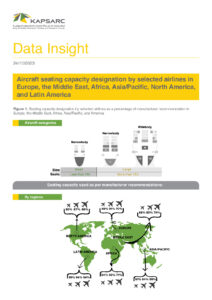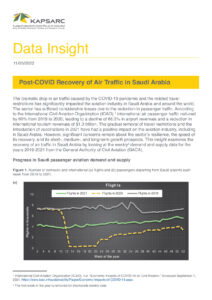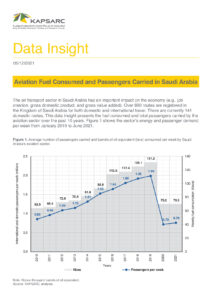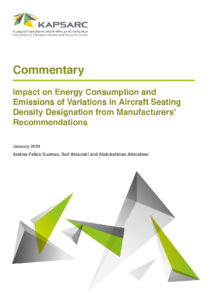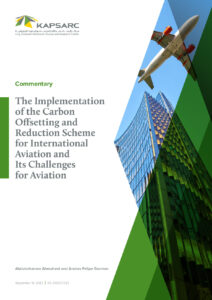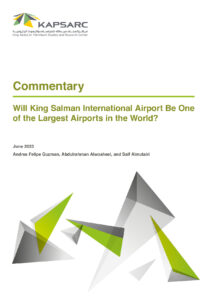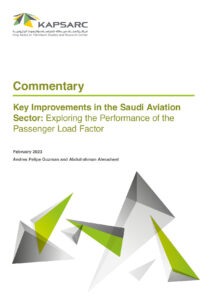Andres is a transport research fellow with over 22 years of experience in transportation. His research focuses on transportation demand planning, the macroeconomic impact of transportation policies, multi-regional input-output models, hybrid integrated models for transport, and demand and supply models of energy and transportation systems. Before joining KAPSARC, he was an associate professor and visiting lecturer in the Escuela Colombiana de Ingenieria, Universidad de Los Andes, and Universidad Javeriana in Colombia. He was also a researcher in the Transportation Research Center (TRANSyT) at the Technical University of Madrid in Spain. He has also worked on many transportation projects as a senior transportation consultant for public and private companies, at Bogota’s District Secretary Planning Office and the Bogota Metro Line 1 project with the China Harbour Engineering Company.
Andres holds a B.Sc. in Civil Engineering from the Escuela Colombiana de Ingenieria in Colombia. He also has an M.Sc. in Complex Transport Infrastructure Systems from the MIT Portugal Program (Lisbon) and a Ph.D. in Civil Engineering Systems – Transportation from Madrid’s Technical University in Spain.

